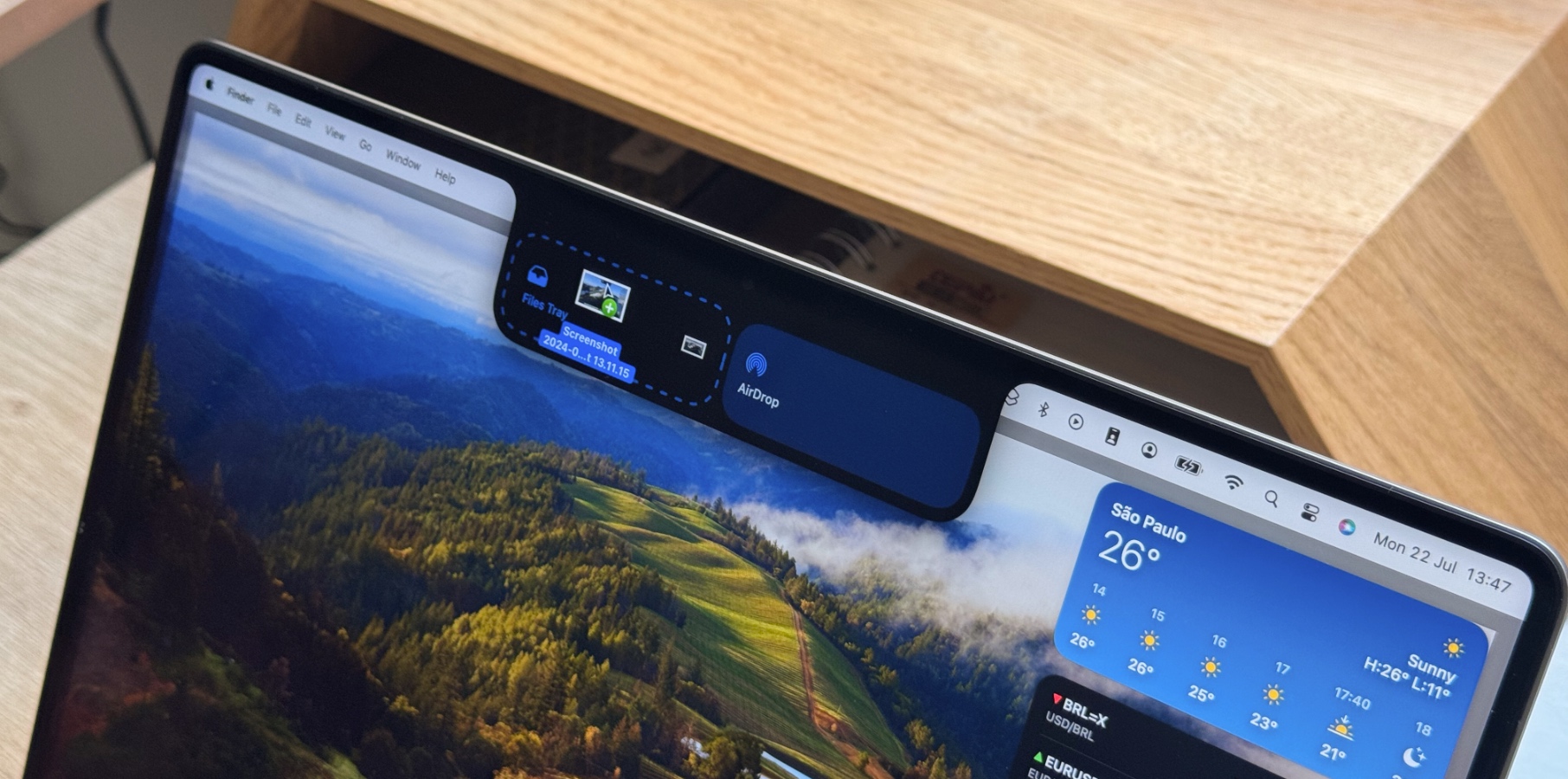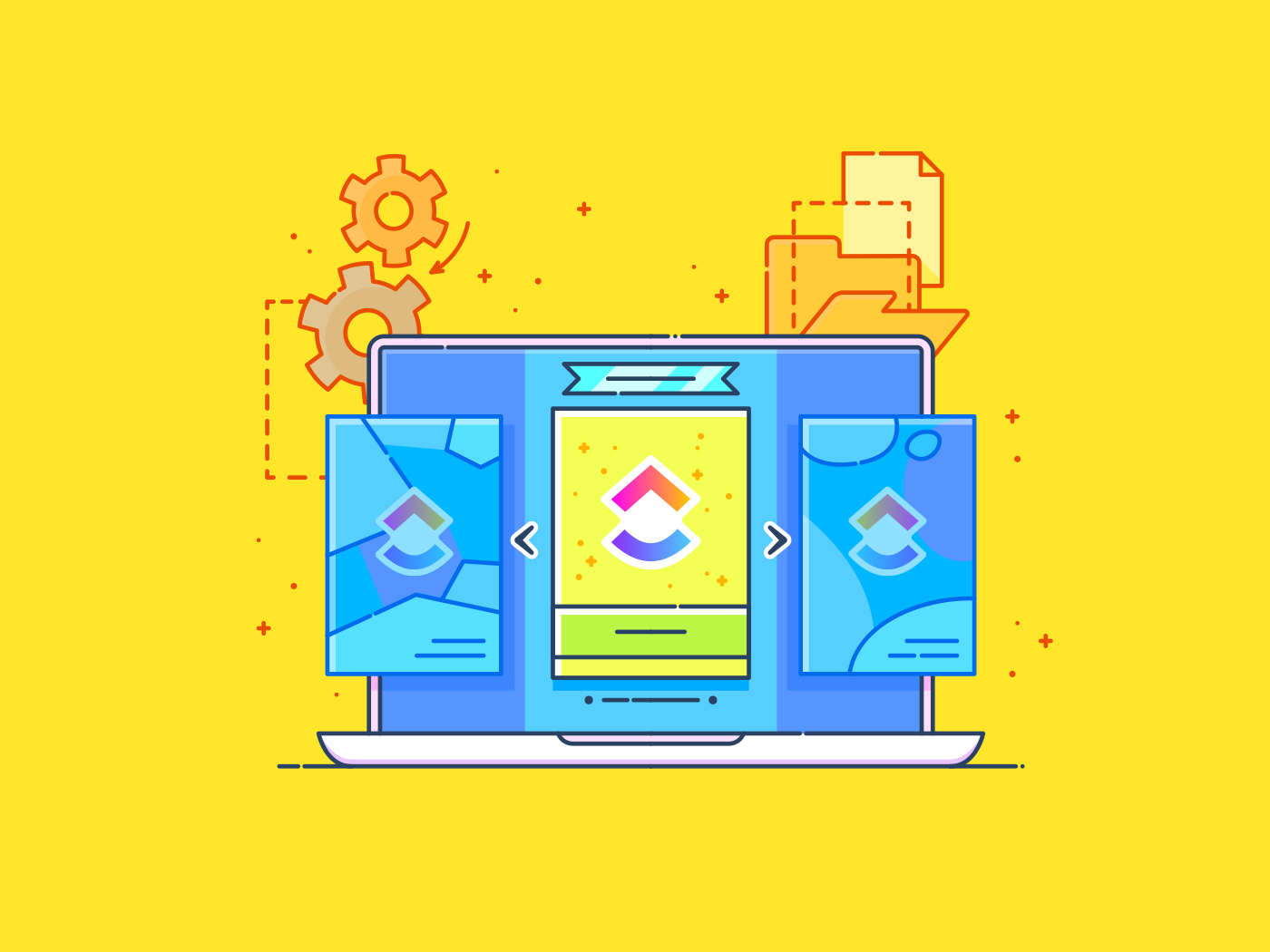Manufacturing sales are characterized by long cycles, multiple stakeholders, and intricate product specifications. Sales representatives must eloquently convey the proper value to the right decision-makers. They must also trigger outreach precisely when intent signals emerge and personalize these messages at scale. Every bit of information available in mission statements, product descriptions, customer testimonials, and on sales calls matters.
Why? Because we have the most educated buyer that we’ve ever had. There was an
Marketers today must ask themselves, in a research-first environment, how do we cut through the noise? In a digital-first environment, how do we humanize the brand? And in an API-centric environment, where B2B customers benefit from choosing partners for the long haul, how can we establish long-term trust with new buyers before they ever hit our website?
The messages B2B marketers and sales teams push out must be carefully aligned with the target audience. We must monitor behavior, identify gaps, competitors, and determine where our brands fit into the current market. Pools of data across numerous platforms, websites, and customer surveys help us pinpoint our customers’ interests and buying patterns, and it’s our job to use the right tools to digest and action that information.
McKinsey estimates that generative AI could bring an additional
AI wipes out sales reps’ busywork
Humanizing a brand means using data-driven insights to communicate in a way that feels personal and timely. It’s about showing up with content, value-based messaging, and real interactions that reflect the buyer’s context—industry, challenges, role—not just broadcasting solution benefits. It requires a lot of preparation and personalization to your target personas.
Gartner projected that by 2026, B2B sales teams using embedded genAI will cut prospecting and meeting preparation time
Natural language tools can also assist with tasks like writing proposals or building business cases unique to your buyers requirements instead of spending time on non-value added admin responsibilities, like updating CRMs and researching prospects. GenAI can also be used to research all your target prospects, their intent, and their buying-signals and populate relevant information into your CRM in the format you need, boosting team speed and productivity.
VelocityAI reports companies are shortening sales cycles by
Consistent content, timed perfectly
Although getting in front of the right buyers with the right message is a large part of the battle, arguably, maintaining their interest and building trust is the real contest. Buyers may interact with multiple sales reps and marketing materials as they develop their perception of your brand. Trust comes from consistency in how your people, content, and business proposition align. Every touchpoint must reflect your long-term commitment to partnership and values.
A European
Sales and marketing navigate around 12 or more CRM applications, where manual data entry and a lack of synchronization can leave messaging outdated and inconsistent. AI-driven CRM tools improve cohesive communication. These tools can be fine-tuned with very specific brand guidelines and offer recommended email responses, product descriptions, and follow-ups based on the stage of the buyer’s journey.
We are seeing the rise of innovative new tools like
As of 2025,
When AI is trained to handle specific analytical sales tasks, it takes a major load off sales reps, service reps, and marketing admin. The more data these tools have access to and the longer you use them, the more valuable they become. Time allows them the opportunity to identify patterns in your data, opportunities for improvement, and predictive analytics and forecasting for the season ahead.
All of this insight goes hand-in-hand with your content strategy. These tools and this valuable data allows your team to hyper focus on creating, deploying, and sharing content that is not only industry-relevant, but seasonally, economically, and socially relevant as well. Providing content that impacts your buyer and interests them. Instead of the past strategy of casting a wide content net and hoping for the best, AI gives you a specific lure for your target species of fish and allows you to do more with less.
We are also seeing a rise in using AI, ML, and NLP to elevate the heavy admin burden on sales and customer teams with document recognition, content generation, and workflow creation. Scanning requests for proposals (RFPs) to understand the client requirements, map out proposal timelines, assign deliverables, and even draft responses. These drafts can include details like your solution, approach, capabilities, experience, and pricing. Your team can focus on putting finishing touches and personalization vs. document gathering.
AI is also accelerating the industrial sales cycle by reshaping it. Buyers are tired of being bombarded by ads and increasingly demand relevance, speed, and authenticity. AI enables marketers and sales teams to give them that. It eliminates time-consuming manual work, personalizes outreach at scale, and ensures that every interaction reflects a deep understanding of the buyer’s context. These tools also have the capability to sync with your CRM and marketing automation tech stack to automatically identify and enroll your prospect into relevant workflows and nurtures depending on their interest, lead score, and where they are in the buyers journey ensuring no lead goes unattended and all receive an optimal and consistent experience from your organization.
More than efficiency, implementing AI is about empowering your team to build stronger, more consistent relationships in a complex, multi-stakeholder environment with a ton of competition. The industrial brands that win will be those that embrace AI, not only as a tool, but as a strategic partner in creating trust, value, and long-term growth.











